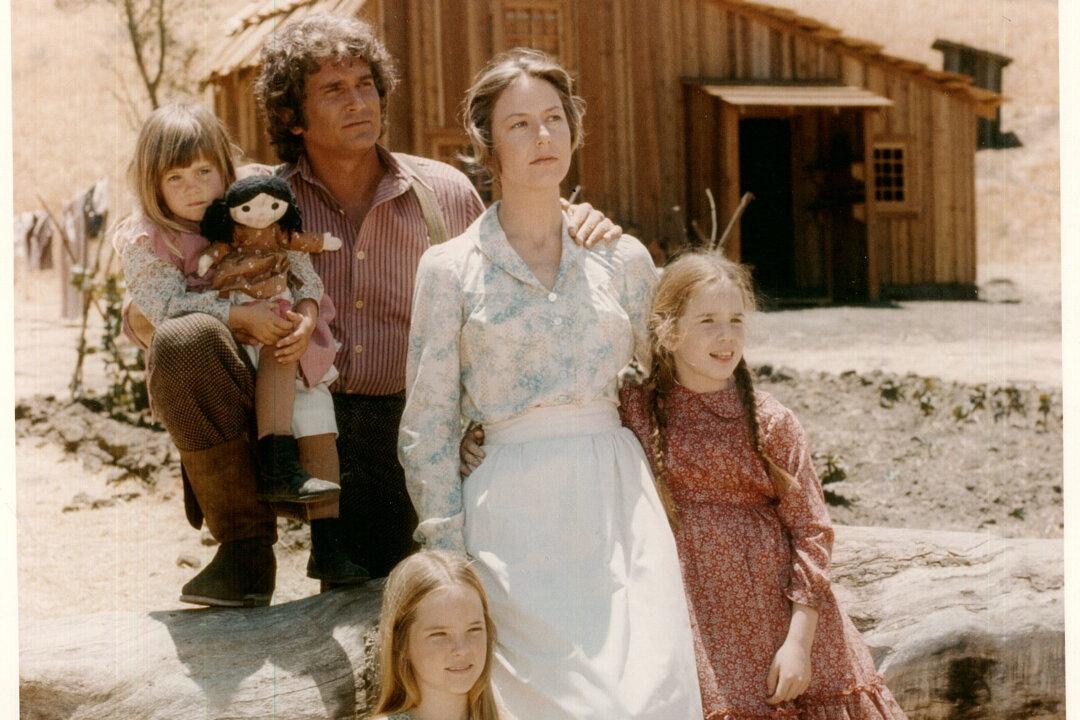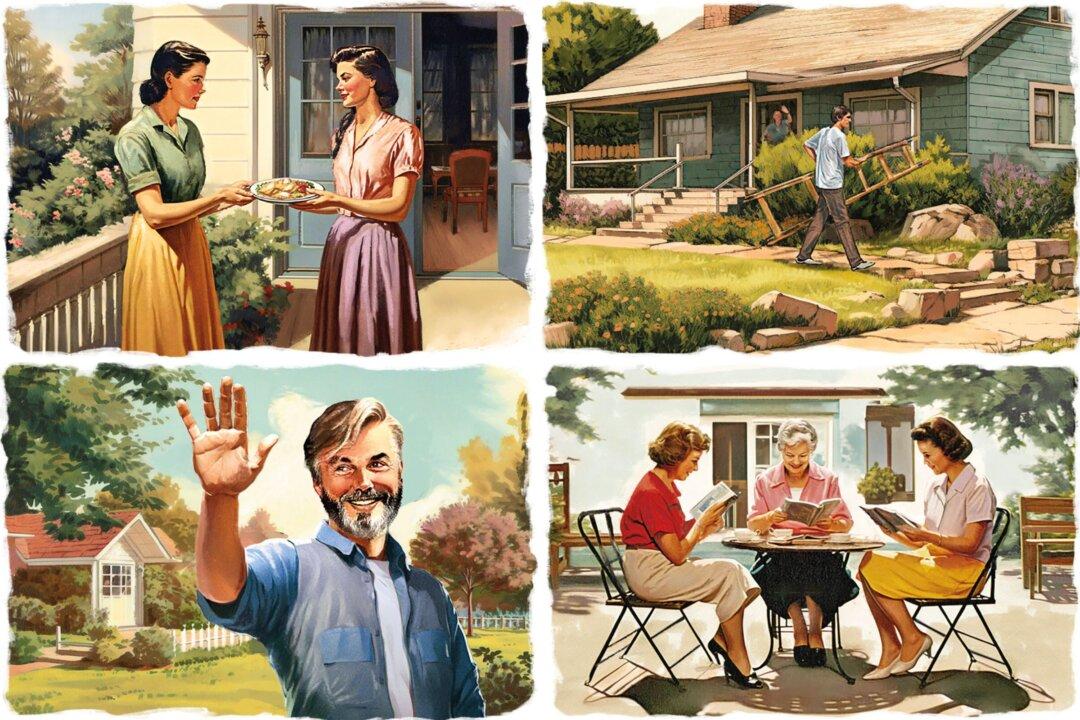One of the best things to come out of the COVID-19 pandemic is the changing educational landscape. Many parents are now homeschooling their children, realizing that doing so is not as daunting as they thought, while many other parents have seen the type of crummy curricula their children are being fed and are demanding that their elected school board members make some changes.
In this development we see an interesting switch in thinking. In the past, those who pursued training in the trades were looked down upon, almost as if they were from “the wrong side of the tracks,” as the old adage goes. Now, however, the college side of the tracks is turning into the less desirable one for several reasons. Some are pandemic related and may eventually disappear, such as increased online classes, repeated quarantines, mandatory COVID vaccination and testing, and even masks. Other reasons—such as the mountain of debt that college brings and the many radical professors with the ideologies that they teach—have been in existence for some time and will likely only continue.
And it is in those words that we see a major reason that the former “right side” of the tracks—college—is looking less attractive. It is this side that encourages us in its lecture halls to despise and forget our origins.
The other side, however, by virtue of moving students beyond the confines of a classroom with a radical professor at the head of it, enables students to breathe free and even embrace the roots of American life. They learn to appreciate hard work and value the character and virtue required to run a business, to work with their hands, and to deal with the public on a regular basis. Furthermore, those who work in skilled trades are required to engage in true critical thinking as they face real-life challenges, such as how to correct a mistake made in measuring a board, how to lay out a tight space in a remodeling project, or how to turn an angry customer into a happy one.
--





